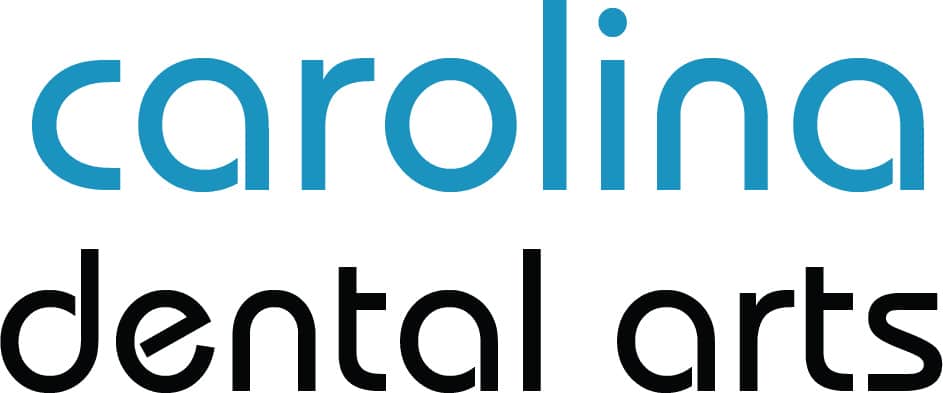Today’s dental care has benefitted greatly by advancements in science, technology and legislation. In fact, the past two hundred years have brought remarkable change. Thanks to our forefathers and the struggles they faced, most of us have few major dental problems in our lifetimes. You can even maintain your full set of natural teeth throughout your life, with much thanks to oral health improvements.
A great example of our ancestors’ dental problems was “phossy jaw,” a condition suffered by “match girls” of the 19th century. This condition caused significant dental pain and death for thousands of people in the United States and other industrialized countries. But through these sacrifices, dentists and other scientists learned a great deal about dental problems, jaw problems and overall health.
 Dental Problems Among the Poor
Dental Problems Among the Poor
In the early 1800s, it was learned that matchstick heads topped with yellow phosphorous ignited more easily. This created a booming demand for matches dipped in this solution, called “strike anywhere” matches. The matches were mostly made by young girls and women into their 20s, who were called “match girls.”
Match girls were very poor, had few rights in the workplace and received little to no health care in their lifetimes. Like other women, they had no voice in the workplace. If they objected to any aspects of their work or stopped performing as expected, they were immediately fired.
Because they lived in such incredible poverty, the fear of losing their pitiful income left most of these women willing to endure horrific conditions for a tiny paycheck. Unfortunately, dental problems were not the conditions any of them expected. Nor did they think that by working diligently each day, they could lose their lives.
By the middle of the 19th century, doctors noticed a trend of disease among match girls. This disease created major dental problems, including jaw problems, jaw pain, abscessed teeth and oral tissue death. The oddest symptom was that the gums glowed in the dark.
Since the women were so poor and could not take time off from work, few received any dental care. It was only after they suffered facial deformities, lost teeth and exposed jaw bones that some of these women saw a dentist for the first time. Some died with no care at all from fatal brain damage caused by the mystery disease and its collection of dental problems.
In 1858, medical professionals named the condition “phossy jaw” after they connected its origin to match factory workers and their use of phosphorous. Phossy jaw is formally called phosphorus necrosis of the jaw, a condition of deadly dental problems none of us need suffer today. Thankfully, the disease was eradicated by 1910, when phosphorous matches were outlawed internationally.
How Historic Dental Problems Improved Your Dental Care
Today, none of us know anyone who has suffered phossy jaw, except perhaps the characters written about by Charles Dickens in his work Household Words. Medical doctors and researchers of the 1800s worked with lawmakers to ensure future generations would not suffer these particular dental problems.
Unfortunately, it is only through learning about such dental problems that many oral health advancements were born. This is the nature of most science, that much of learning takes place through observation and by developing theories about causes. By seeing the dental pain, jaw problems, jaw pain and abscessed teeth match girls experienced, oral health experts could figure out the disease’s origins, effects and treatments.
Since 5000 BC, dentistry has existed to treat dental problems. But it was not until 1530 that the first textbook of treatments for dental problems existed. In 1840, the first dental college opened in Baltimore, MD. The first American laws governing dental care, nicknamed the dental practice act, were passed in Alabama in 1841. To further improve dental care in the U.S., the American Dental Association formed in 1859.
Other advancements in dental care over the past centuries include:
- Colgate toothpaste was the first to hit the mass market in 1873
- The first dental X-rays took place in 1896
- The first known dentist was an Egyptian scribe named Hesy-Ra in 2600 BC
- America’s first dentist was John Baker, who trained the famous patriot Paul Revere in dentistry
Amazingly, it was not until after World War II that most Americans started effectively brushing their teeth like we do today. Soldiers returning to their U.S. homes had learned about better oral hygiene from the countries they visited overseas. They brought tips home and raised the bar on what most of us expect in terms of daily oral hygiene. This recent history shows you just how remarkable our focus on dental care is today, compared to just 80 years ago!
Preventing Dental Problems Is the Biggest Focus Today
Thankfully, we all live in a time when it is easier to prevent dental problems from occurring, in the first place. Through preventive care in the dentist’s office and good daily oral hygiene practices, most of us can keep our natural teeth throughout our lifetime. If we do experience dental problems, our dentists are ready to provide treatments to keep our smiles bright and healthy.
To keep your smile bright and healthy while preventing dental problems, it is important to maintain a schedule of twice-yearly dental visits. Contact Carolina Dental Arts today to schedule your next appointment at our Raleigh, Durham or Goldsboro locations.

